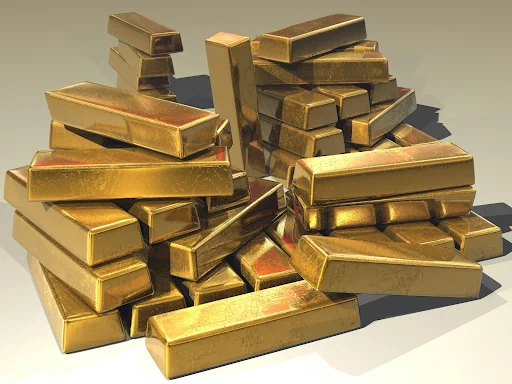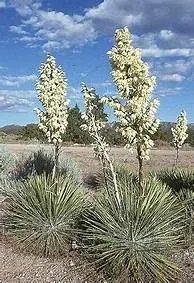Utah is the forty-fifth state in the union. It may be known for the Morman faith, wonderful mountain views, and five national parks. Alaska and California have more, but so what? Treasure may be the thing that attracts tourists, digital viewers, and historians more.
As the story goes, Montezuma could read the Spanish writing on the wall and knew his people were doomed to fall to the Conquistadors. So, he got a group of his most trusted men to take the riches of the Aztecs north for safe keeping.
You have all read the stories of Hernán Cortés mauling the Aztecs.in 1519 (that's a long time ago, no?) in Mexico. The Aztecs were hopeless when confronting the gun-bearing Spaniards. And, the Aztecs had all of their gold and silver plundered. Right? Maybe? The postulate is that the Aztecs wanted to find a burial place for treasure until they could return to Mexico.
So, anybody with a thoughtful mind would think that the Aztecs would have hidden treasure out of the immediate way of the Spaniards. How about going to Northern Mexico- lots of land and places to hide. But yet, some folks look for evidence that treasure was not hidden there.
In 1914, a treasure hunter named Freddie Crystal showed up in the area of Johnson Canyon claiming to have a map with a big red X on it. He devoted his time to poking around the nooks of the canyon.
Everybody immediately suggests that a treasure hunter with a proclamation about treasure is a bit off, and they tend to ignore.
Crystal had found many caves in the mountains that were intentionally sealed - evidence of human endeavor. The media revealed only detritus and disappointment.
Decades later, in 1989, a local Kanab, Utah, resident, Brandt Child, theorized that the caves Crystal found were fakes. His intention was to throw treasure hunters off the trail. Child believed that the real final resting place of the treasure was in the underwater caverns in the area.
Crystal bought land in the alleged area, but, he proclaimed, something bizarre had happened. On the property was a water body. Divers reported seeing apparitions underwater. Perhaps these were ghostly Aztecs guarding the cave?
Okay. Take this part with suspicion. The divers said the ghostly Aztecs tried to pull off their breathing mask and one even shut off a diver’s air tank. The divers got out of the water, headed for their cars, and left nothing but dust in their wake.
\
Drilling would come next. Into the underwater cave, Brandt Child drilled. Then, one of his bits came up with gold in the spiral teeth of the bit. That evening, the drill operator bit the dust, dying of a heart attack at home.
Then, after trying to drill more, the Department of Natural Resources found a rare creature, the amber snail, and declared the cave off limits.
Can you blame Child for quitting? The DNR threatened a $50,000 fine per snail if killed. Montezuma's treasure remains lost. Child gave up, but perhaps a modern treasure hunter will find the Aztec leader's treasure after all?
for more information, please see:















